
Discover, Learn, and Explore with a Class Visit
Engaging Experiences for Students
Bring learning to life at the Museum of Northern Arizona (MNA) with authentic artifacts, expert guidance, and hands-on activities. Students connect classroom lessons to the real world through memorable, interactive experiences.
Standards-Based Learning
MNA’s programs align with Arizona standards for social studies, science, and visual arts. Students explore the diverse cultures of the Colorado Plateau, fostering respect, understanding, and an appreciation for the connections between people and nature.
Proven Educational Benefits
Research shows that museum visits boost student achievement in reading, math, and science. They also enhance teamwork, communication, critical thinking, and enthusiasm for history, science, arts, and humanities.
Customizable Tours and Workshops
We offer tailored tours, workshops, and programs for groups of six or more, led by experienced docents—many of them retired educators. Each program can be customized to meet your classroom needs, with curriculum guides and suggested activities for before and after your visit.
How to Schedule Your Visit
Tours are available Wednesday through Monday. To book a program or request a customized experience, fill out the Tour Request Form and email it to tours@musnaz.org.
Funding Support Available
Don’t let the costs stop you! Grant funds are available for school groups. Simply complete the subsidy request at the bottom of the Tour Request Form.
Looking for Adult Tours?
Visit our Tours page to learn more about adult tours and programs.
School group options
| Guided Tour | Youth program with docent-led activity | Hands-on workshop, including materials | Virtual Class Visit | Self-guided tour | |
|---|---|---|---|---|---|
| What it is | Museum docent leads students through selected galleries or collections, providing context, stories, and props. | Interactive program or puppet show. Topics include dinosaurs, geology, early hunters, & Native cultures. | Students learn while doing. Workshops include dissecting owl pellets, cooking prehistoric foods, making pottery or rock art, and using prehistoric technologies. | Visit the museum or collections via Zoom, engage in a live docent-led program, and try a related activity. | Lead your students through the galleries independently. |
| When it is available | Tuesday to Saturday, 10 am to 3 pm (9 am start available with added fee) |
Tuesday-Saturday 9 am to 4 pm | Regular museum hours | ||
| Grades | 2nd-12th | Preschool – 6th | 3rd-12th | 1st – 12th | 6th – 12th |
| Maximum number of students* | Up to 100 | Up to 50 | Up to 35 | Unlimited | 50 |
| Time needed | 1 hour | 1 ½ – 2 hour | 2 – 3 hours | varies | 1 hr |
| Chaperones | 1:10 for pre-K to 8th grade 1:20 for 9th-12th grade |
1 per Zoom program | 1:10 | ||
*For optimum educational experience we divide large groups into multiple smaller groups, each with a docent.
Guided Class Tours
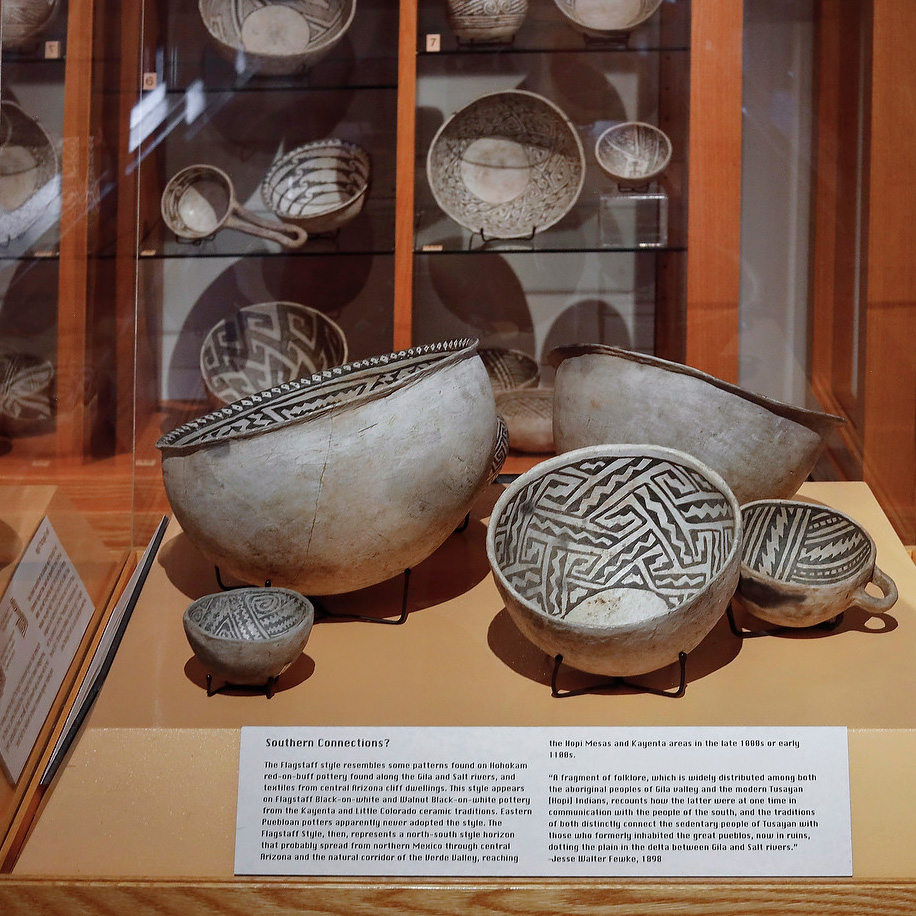
Museum Highlights Tour
2nd – 12th grade; 1 hour
Docents lead students through the entire museum, pointing out key concepts portrayed in each gallery including geology, archaeology, ethnology, and Southwestern art, jewelry, and pottery.
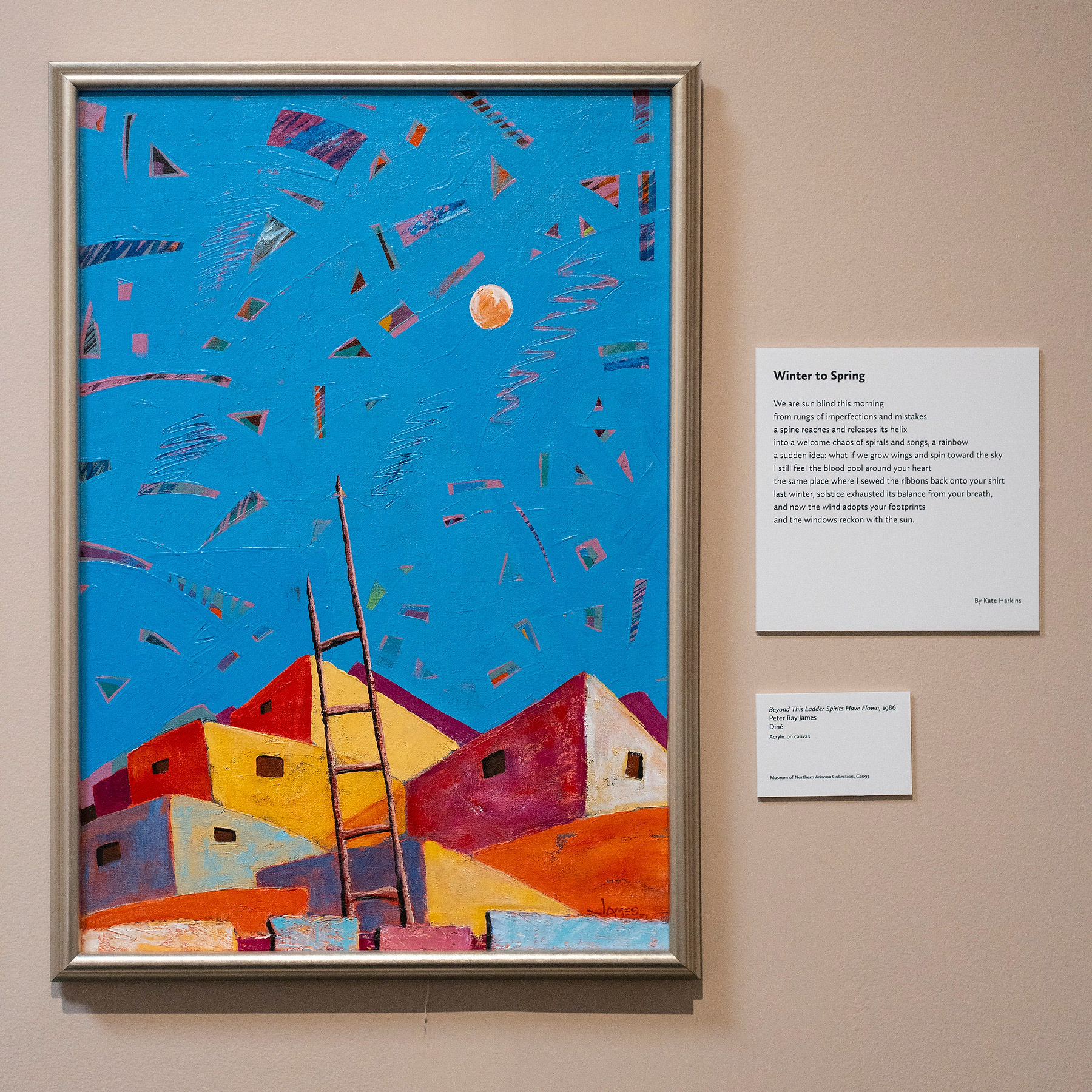
Special Exhibit Tour
2nd – 12th grade; 1 hour
A docent-led tour focusing on a current exhibition. This tour allows students to engage more deeply with a specific exhibition. For possible tour topics, visit the Exhibitions page.
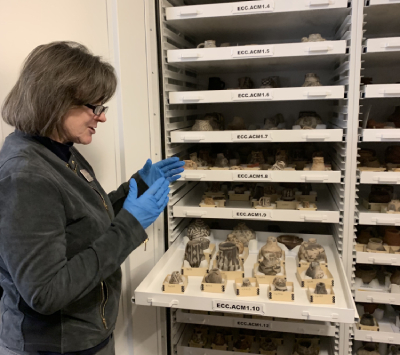
Easton Collection Center Tour
11th grade through college; 1 hour
Students go behind the scenes in the museum collections to learn about conservation, care and storage of artifacts and objects in the MNA collections.
Youth Programs & Puppet Shows
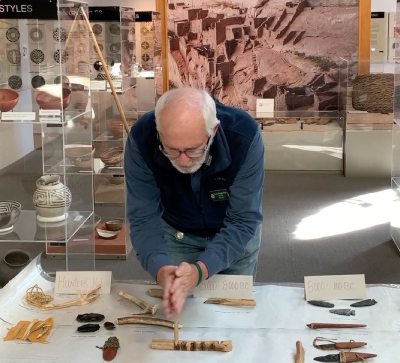
Hunter’s Kit (Archaeology)
(3rd – 8th grade) 1 ½ hours
Visitors learn of the earliest Southwest inhabitants by studying their food sources, basketry, pottery and architecture. Students examine objects found in a bag typically carried by hunters of the period.
Curriculum Guide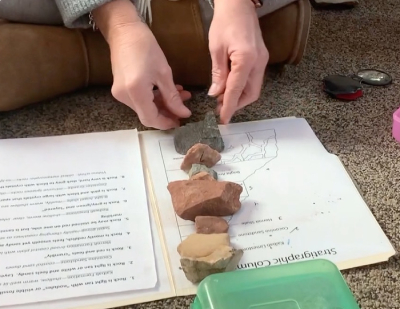
Grand Canyon Geology
(4th – 8th grade) 2 hours
Working in small groups, students examine rocks and fossils from rock layers in the Grand Canyon and identify them based on information provided. They also use clues in the Museum’s Geology Gallery to help them deduce the environment of deposition of the different layers.
Curriculum Guide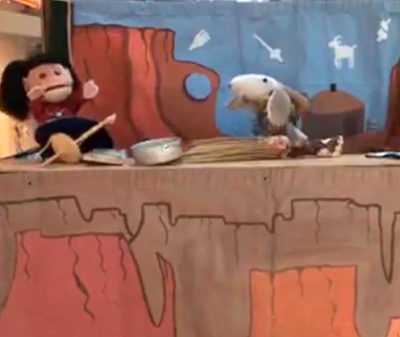
Goat in the Rug Puppet Show (Navajo)
(Pre-K – 3rd grade) 1 hour
The story of a Navajo weaver and her pet goat teaches children about the process of traditional rug-making and cooperation between friends. The puppet show itself is about 10-15 minutes long. The program includes an introduction before the show and a craft activity after.
Curriculum Guide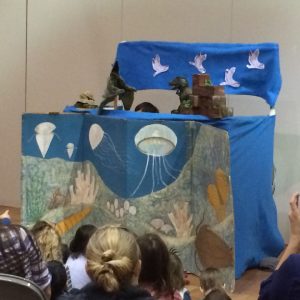
Mystery of Therizinosaur Puppet Show
(Pre-K – 3rd grade) 1 hour
Claude, the sickle-clawed dinosaur in the museum lobby lived on land, so how come the paleontologist found the dinosaur fossils where it had been water? This show brings to life one theory about what happened to Claude, while introducing concepts about the progression of time, changes in Earth’s geological features, how animals use specialized body parts for survival, how scientists gather evidence, and extinction of a species.
Curriculum Guide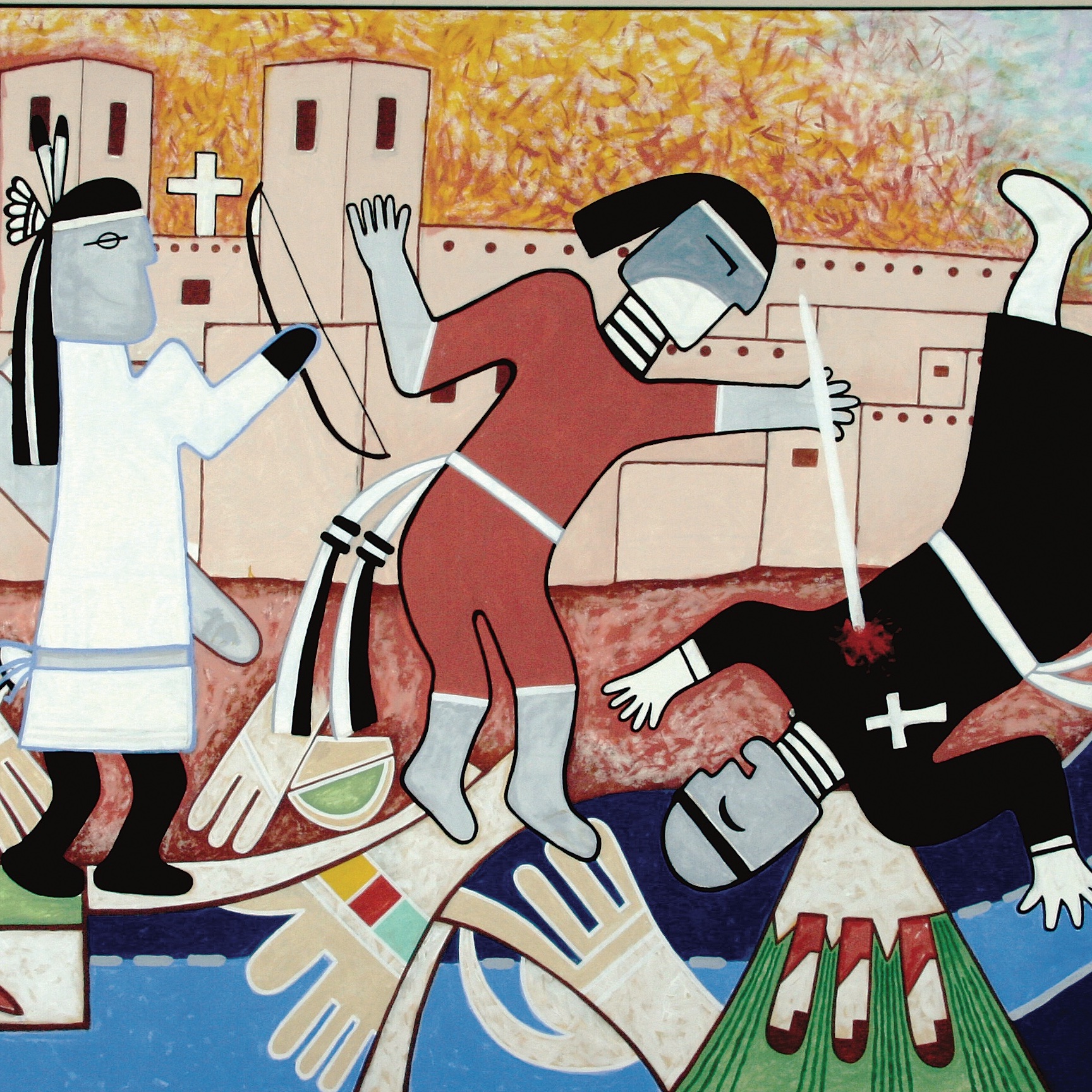
Journey to Understanding
(4th – 12th grade) 1.5 hours
In 2021, Arizona added a requirement students learn the enduring lessons of genocides and the tragic consequences of religious and racial intolerance. This program uses our exhibits to approach this difficult topic in a thoughtful way, helping students to realize empathy for other cultures. This also meets the 4th grade social studies requirements related to the Americas and the arrival of Europeans.
Curriculum Guide & Pre/Post Field Trip Activity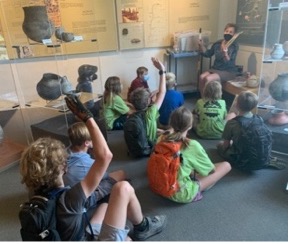
Travel and Trade
(1st – 8th grade) 1.5 hours
Ancient Puebloans traveled long distances to gather or trade for items that were important to them. In this program students learn about the various trade routes and work through how long it would have taken to make those journeys on foot, compared with familiar forms of transportation such as bicycles and cars.
Curriculum GuideHands-On Workshops
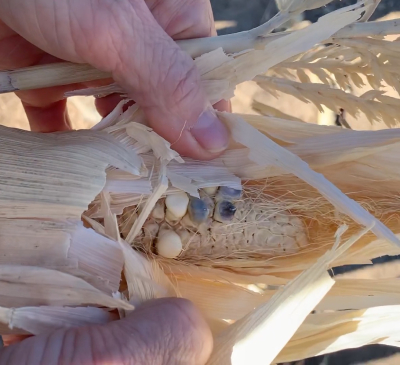
Prehistoric Foods
(4th – 6th grade) 3 hours
Students learn about prehistoric people through available food sources and cooking methods utilized during each time period. Children work with Museum docents to prepare foods made of corn, squash, native grains, etc. Students learn about life styles and technology during different periods and discuss the nutritional value of prehistoric food compared to modern foods.
Curriculum Guide
Prehistoric Pottery
(4th – 8th grade) 2 hours
Students learn the importance of pottery in prehistoric native cultures. Traditional techniques of pottery-making and decoration are demonstrated, and students are able to create their own prehistoric-style ceramic pot.
Curriculum Guide & Post Field Trip Activity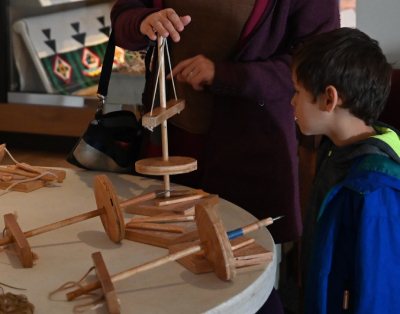
Prehistoric Technologies
(4th – 8th grade) 2 hours
Prehistoric peoples used native fibers to make cordage as fine as thread or as thick as rope. Using animal or plant fibers, students will learn ancient techniques to create cordage by hand. They will use an ancient-style pump drill to make a piece of jewelry out of clay.
Curriculum Guide